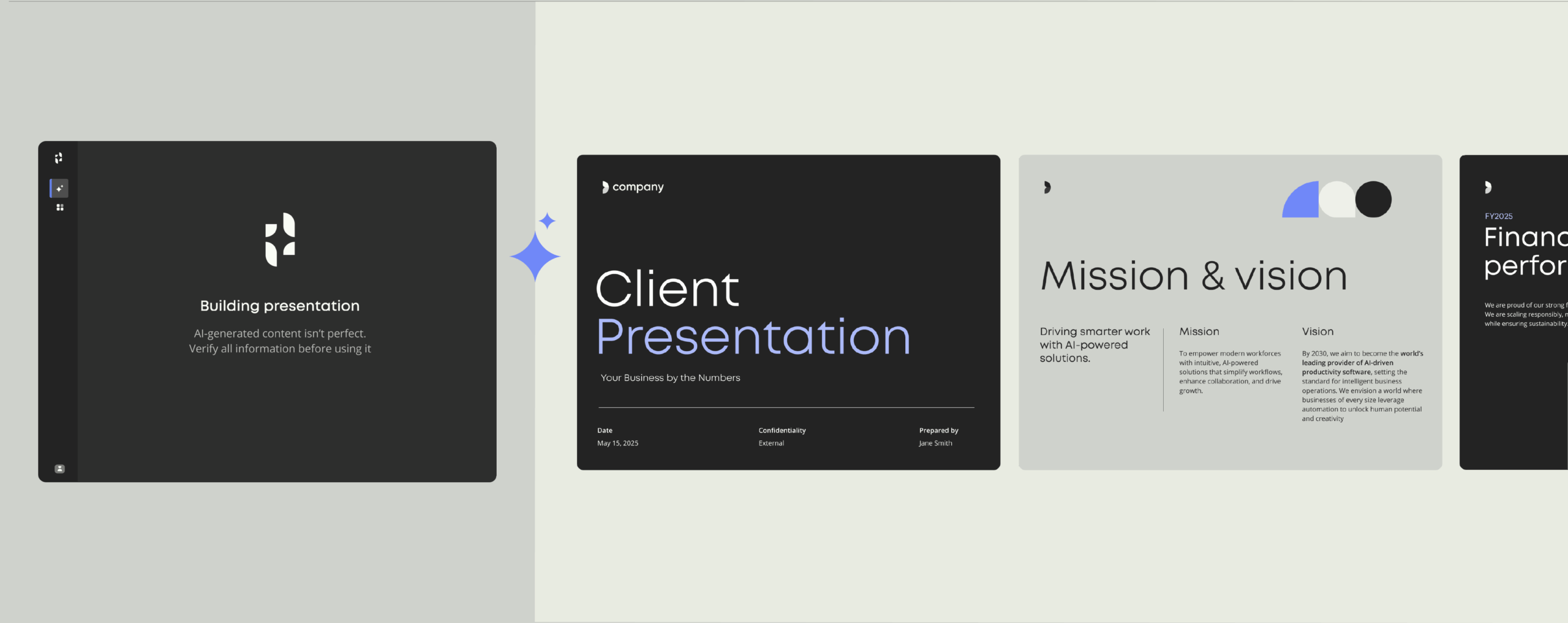How to write compelling business emails that people love reading

The art of business writing is a timeless skill.
For as long as traders and merchants have been communicating with one another about their wares, crafting a compelling business letter has been critical to successful enterprise. Holding an audience’s attention has always been tough. But one thing never changes – people will love you for writing simply and effectively.
These days, most business writing is carried out via email. While the medium may sometimes feel more informal, and is often used to shoot off a hastily-composed message, keeping your business emails compelling and professional is an important practice at any organizational level, whether you’re an intern or a CEO. Everyone should take the time to craft professional emails in fluent business English which engage the reader, use correct spelling and grammar and convey the message with clarity and precision.
Of course, the ability to write an engaging, informative business letter doesn’t come naturally to everyone. But as with any skill, developing a flair for compelling business writing just takes dedication and practice. Here are some tips and tricks for nailing an engaging business email and getting your reader over the subject line:
Nail your subject line
Does your inbox feel overwhelmingly congested? Chances are, your recipients’ inbox is no different. With all of those emails battling it out for attention, you need to craft a compelling subject line that invites the reader to click and read on to your business letter. It may seem like a small, unimportant detail – but it can make all the difference between your email being prioritized or perhaps not read at all.
In that sense, think of a subject line as a headline – designed to attract attention. When crafting your clickable subject line, this marketing expert recommends taking a “U-approach”, inspired by headline writing. That means asking yourself these four questions:
- Useful: Is the promised message valuable to the reader?
- Ultra–specific: Does the reader know what’s being promised?
- Unique: Is the promised message compelling and remarkable?
- Urgent: Does the reader feel the need to read now?
A successful subject line will also rely on sensory phrases, promise something to the reader, or pique curiosity with a phrase that might be a bit bizarre or out of left field. It also helps to make it personal where you can – according to the Adestra July 2012 report, emails with personalized subject lines were 22.2% more likely to be opened.
Be concise
Okay, so you have the reader’s attention. What about the actual content of your business letter?
If you want your email to be understood (and read at all) it’s important to be engaging and concise. That means avoiding vague like the plague – ditch the unnecessary information and convoluted sentences.
It’s common wisdom that shorter sentences are easier to follow than longer ones. The general rule is that your reader ought to remember the beginning of the sentence by the time they reach the end. If you have a tendency to elaborate, write a first draft out and edit down your sentences afterward – this grammar guide offers helpful tips for for finding and fixing long sentences.
In your efforts to streamline your overall business letter into a compelling, concise text, consider:
- Is my point clear and easy to grasp?
- Can I cut anything out that doesn’t help my main point?
Meanwhile, nothing looks sloppier than poor spelling, grammar or incorrect business English, so ensure your content is run through a spell-checker first, or where applicable, your business English is proofed by a colleague with expertise.
Write with purpose and confidence
Successful business writing is also about writing with purpose. After all – everything you write has some purpose that you want to achieve, otherwise, why would you bother?
By focusing on the purpose of your business letter, you’ll be better poised to strategize a text that is crisp, concise and powerful. Thinking about your purpose also helps you to frame your business email in terms of your recipient – why am I writing to this specific person or company? That way, you’ll be able to add that personal touch that immediately engages the reader – here are some handy personalization tips for creating content that speaks directly to your audience. And if you want even more tips, MageMail provides some easy-to-implement email personalization tips for email marketers.
Once you’ve established your purpose, you’re more likely to convey a sense of confidence and authority, which goes a long way in engaging your reader as they’re raking through a mountain of emails. In contrast, conveying a sense of anxiousness, a la “call me now”, will only make your reader stressed out, too. Meanwhile, this Forbes article also encourages writers to use active verbs instead of passive ones, giving a sense of energy to your business letter which is more likely to hold your reader’s attention.
Harness your email signature
A little-known trick is that every time you send a business letter out via email, you can also make your email signature work for you and give added benefits to your organization.
At Templafy, we’ve blogged about email signatures and why they’re a critical, though highly-underrated, factor in business communication. While that block of text and imagery accompanying each and every email sent from your organization may be perceived as a low value-tool, a consistent organizational email signature is a powerful, simple way to share accurate contact information with your customers, promote brand identity, or share information about specials and promotions.
For example, when you include your logo or mention a “summer promotion” in your email signature, you instantly boost your brand awareness, meaning that any business letter sent from your organization also goes that extra marketing mile.
But in a fast-paced business world it can be hard to ensure that email signatures are up-to-date, on-brand and across the latest promotions happening in your company. That’s especially the case in a large-scale organization – few team members have the resources to individually monitor emails across an entire organization, department or team.
Fortunately, email signature management solutions can automate the process on your behalf and ensure your email signatures are well-constructed and up-to-date, taking the effort off your hands and allowing email signatures to silently work in the background to your organization’s advantage every time an email gets sent off.


